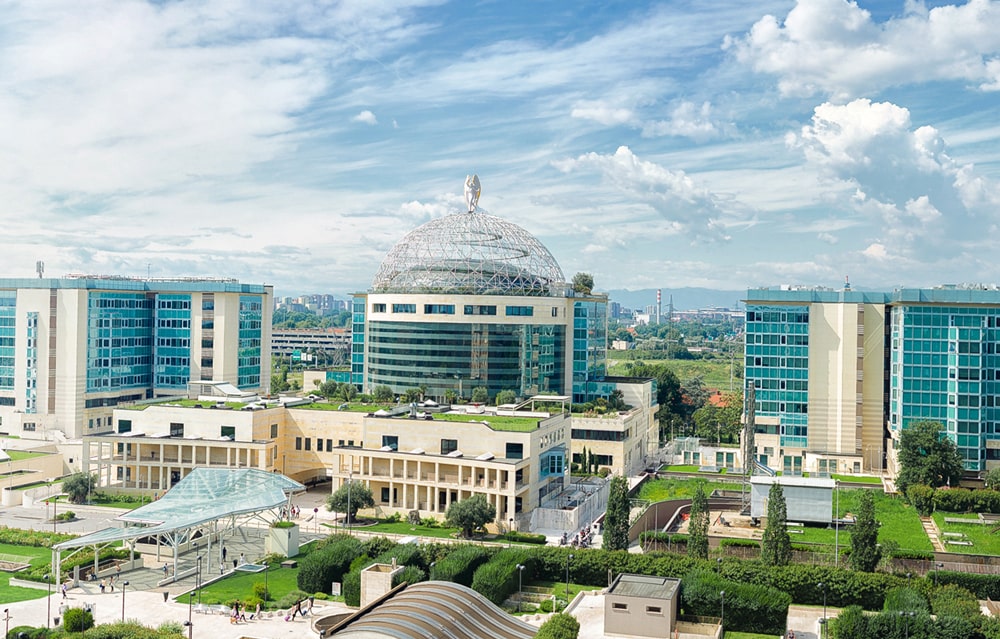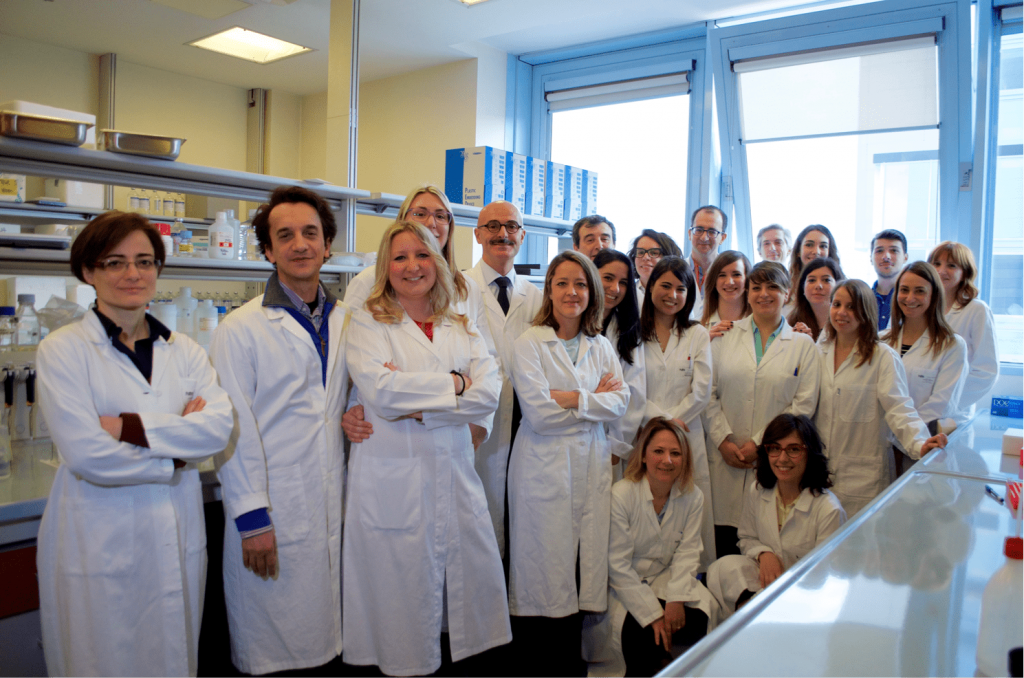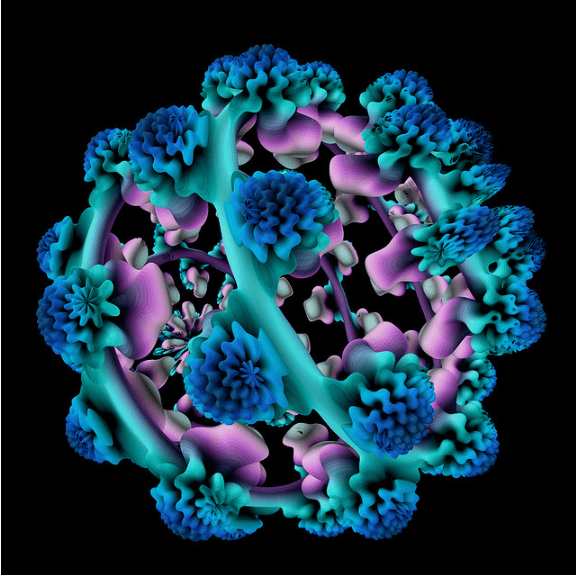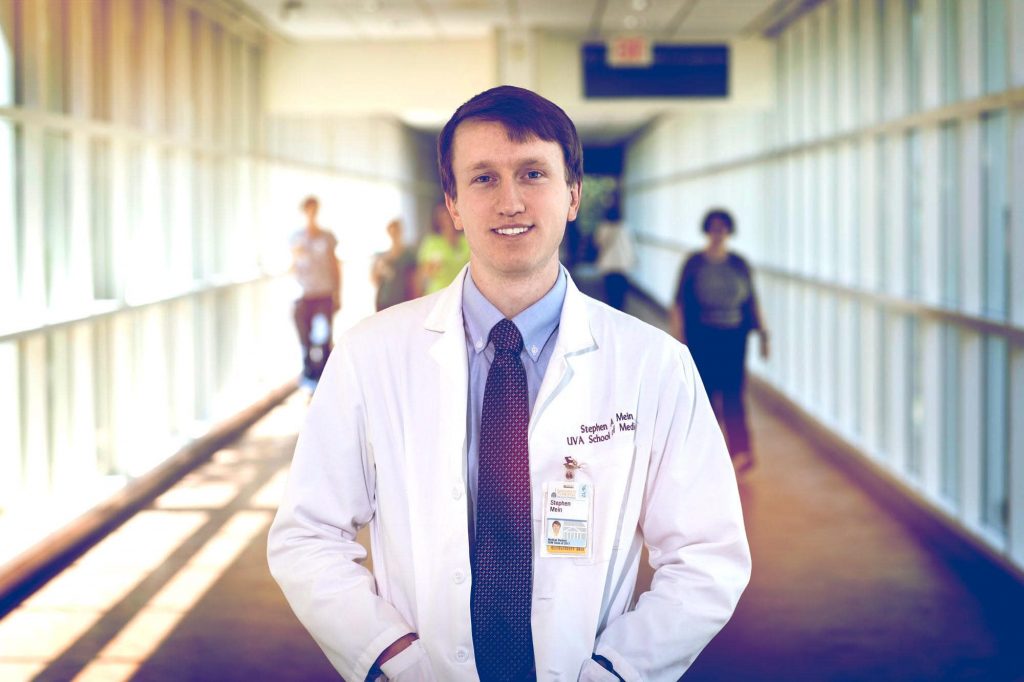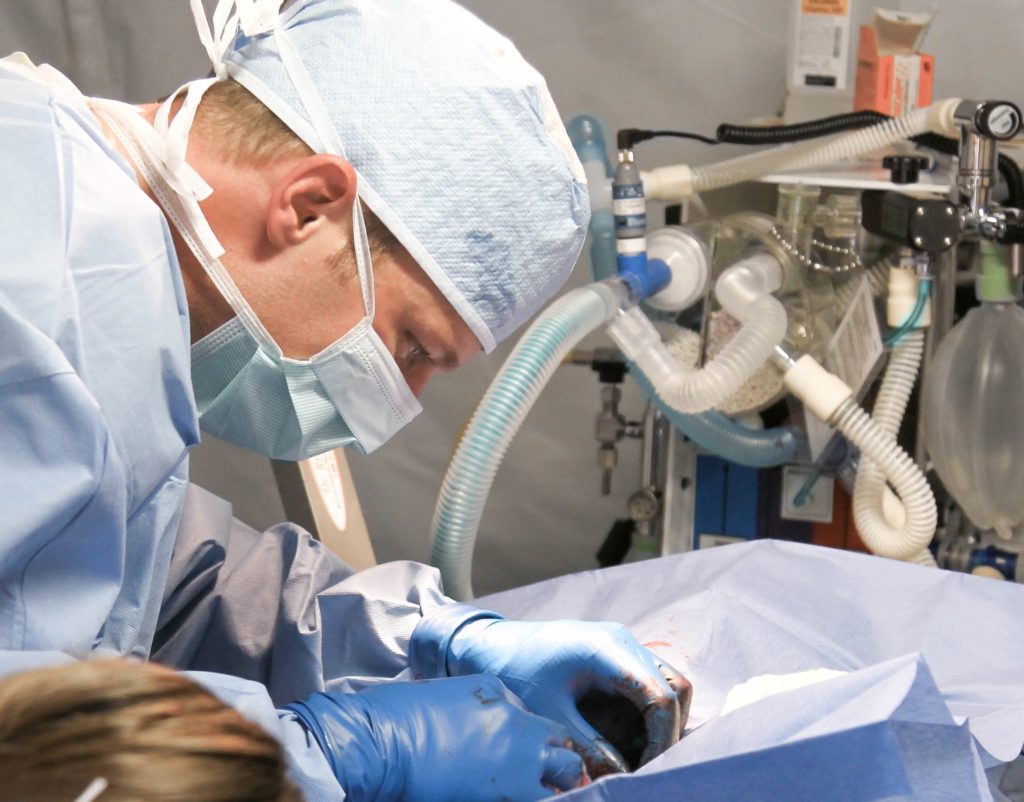Medicine and Surgery Course Details
| EU Reserved Seats | 86 |
| Non-EU Seats | 64 |
| Course Started in | 2018 |
Facts About The University
| QS Ranking | 251-300 |
| Founded in | 1207 |
| Number of Students | 3.114 |
| Academic Stuff | 294 |
| Status | Public |
| Fees | 20.000€ |
A good medical system they say is the fountain of good health in a society, the Faculty of Medicine and Surgery of the Vita-Salute San Raffaele University has indeed grown to become a school that produces medical practitioners that help keep the fountain running. Since it’s inception in the year 1998, the sky has always been its limit because it keeps flying higher each new day.
The Faculty of Medicine and Surgery of the Vita-Salute San Raffaele University happens to be a major part of the prestigious Italian medical research institute, IRCCS Ospedale San Raffaele healthcare, and research system. With that, It has been able to groom excellent medical professionals across several medical fields with its research inclined environment.
Despite being a research inclined medical university, when it comes to clinical, they are a force hard to beat. The University of San Raffaele medical training program combines both in-depth medical research and clinical works to balance their medical program. Which means students have the opportunity to transfer all the data being collected from research work and newly gained knowledge to patient’s bedside during clinical training.
Being an Italian medical school that considers students participation in research work and the use of interdisciplinary approach to teaching medicine mandatory, the University of San Raffaele has gained international recognition for its innovative spirit and its ability to bring something entirely new to medicine and surgery.
Why Study medicine at San Raffaele University?
The University of San Raffaele is more than just a medical school. This top-ranking medical university is a part of GSD, a major Italian Hospital Group that is well known for its high-quality health care services. More so, studying in such an environment brings experience to the students.
Unlike other European medical schools, the classes at the University of San Raffaele are smaller in sizes and in number. With this special kind of system, students are able to have direct interaction with teachers. This will, in turn, increase productivity on the side of each student. Moreover, this system allows each student to learn at his or her own pace, rather than endure the pressure of learning at the pace of the whole class.
About The University Of San Raffaele Medical School
The University of San Raffaele medical program was designed in such a way that helps build medical professionals that are ready for the big swings of the 21st century. This program develops students to have both human and professional values needed to be topnotch professionals in the globalized world that we have today.
Having made immense contributions in fields like Cardiovascular diseases and cardiac surgery, Cancer, HIV/AIDS, Urology, Rare diseases, Human Biological Sciences, and preclinical when it comes to research works, this school has indeed been able to remain at the forefront of research and teaching in Italy and Europe at large. Studying in an environment like this has quite a lot of effects on student. One of which is, students being able to witness research breakthroughs in the medical field.
With over 1300 bed space in both the private and public wards at the teaching hospital, the medical school has more than enough from which students can gain on-the-job experience and learn at a quicker pace. Moreover, this gives students the unique opportunity to study a series of everyday diseases and even rare genetic pathologies.
The curriculum at the University of San Raffaele is quite unique, being that it was structured to favor each student in the medical school. According to the block curriculum, students in their 3rd-year work in small groups with other students, in which they prepare their own goals and objectives for each semester.
In reality, students who do not speak Italian as their first language will be required to take an Italian language course for the first two years that will prepare them to speak the language at a B1 level.
360 credits are required for the six-year medical degree program.
The following is a summary of the IMDP study plan:
First year
Medical Physics
Basic medical statistics
Medicinal Chemistry and Biochemistry
Molecular cell biology
Medicine as a Human Endeavour
Medical genetics
Basic life support
Track rotations I
Second year
Human Histology
Human Anatomy
Human Anatomy practicals
Clinical Laboratory Medicine
Physiology
Principles of pharmacology
Track rotations II
Third year
Basic Mechanisms of Diseases
Pathologic Anatomy
Applied Medical Statistics
Medical and Surgical semiotics
Microbiology
Endocrine and kidney diseases
Blood and Immune system diseases
Integumentary system
Clinical rotations I
Track rotations III
Forth year
Cardiovascular system diseases
Respiratory system diseases
Biomedical Imaging
Medical Oncology
Neurological Sciences
Musculoskeletal Diseases
Psychiatry and Clinical Psychology
Head and Neck diseases
Clinical rotations II
Track rotations IV
Fifth year
Women’s health
Women’s heath clerkship
Children’s health
Children’s health clerkship
Gastrointestinal Diseases
Medical approach to the patient: chronic care
Medical approach to the patient: Infectious Diseases
Surgical approach to the patient I
Surgical approach to the patient II
Surgical approach to the patient III
Licensing rotation in Surgery
Licensing rotation in Internal Medicine
Track rotations V
Electives
Sixth year
Medical approach to the patient: acute care
Surgical approach to the patient: acute care
Public health, Global health & Legal medicine
Licensing rotation in community medicine
Electives
Elective rotation I
Elective rotation II
Thesis
The sole aim of developing this special type of curriculum is to help encourage teamwork, creative thinking, and pro-active learning among the students.
At the University of San Raffaele, their curriculum was also designed in such a way that encourages students to re-visit past topics which were taught during the first two years while in their fourth and fifth year. More so, the second semester of the 6th year is exams and lessons free. This allows students to concentrate more on their Thesis Internship. To make things even better, students are allowed to do this Thesis internship at any institution of their choice. This opens students up to foreign ideas about medicine.
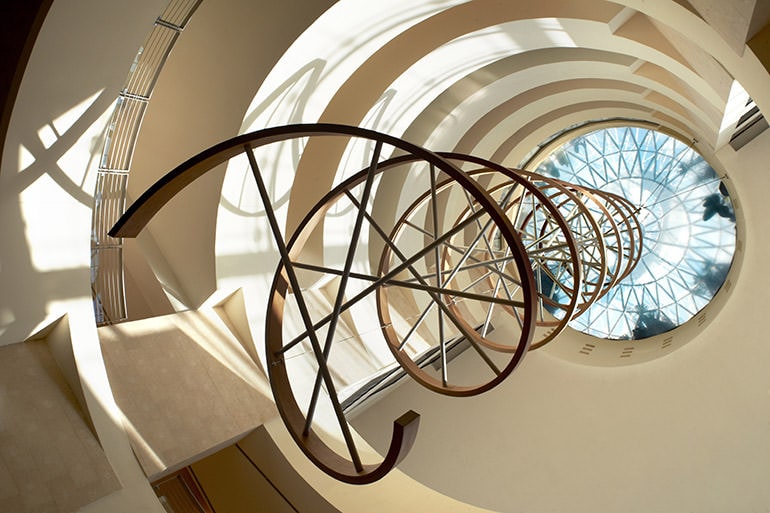
Lastly, being a medical school doesn’t mean all that students do is study and work. At the University of San Raffaele, students are given the opportunity to either join a club, a music band or even a sporting game in order for students to have fun and enjoy their time while in the medical school.
Admission to the University Of San Raffaele
This degree program’s admission is determined by performance on an exam. Based on the total number of spots available each year for each quota (EU or Non-EU), the exam results exclusively decide the final ranking and the students admitted to the program.
Candidates will have the chance to take the entrance test twice during each of the two application periods that make up the admissions process. After the conclusion of both series, the final ranking list will be made public, and only the candidate’s highest score will be taken into account.
All applicants will take the admissions test, which will be administered online.
Within 15 days of the test date, the results will become public, and applicants for both quotas are ranked based on their final examination-day scores. According to the seats available and the methods described in the regulations, the most suitable candidates are admitted.
You can look at our “Admission Requirements for Medical Schools in Italy” article for more detailed information.
Student Life at the University Of San Raffaele
The San Raffaele University provides students the chance to live on campus in addition to providing a place to study and practice teaching at the same time.
The San Raffaele University Campus offers a community for students with practical housing options, cultural offerings, sporting events, and chances for cooperation and dedication.
Living on campus is being a part of a community that facilities and services are designed with students in consideration: to satisfy their curiosity, nurture their passions, and help them develop via thorough education and exciting social interactions.
The campus community is based on the importance of the student and the recognition of his or her abilities.
Articles About Medical Schools
6 Reasons to Study Medicine in Italy
3 Practical Ways to Finance Yourself as a Medical Student in Italy
Italy is a beautiful country with lots of amazing opportunities to help finance yourself through your medical degree. Despite being one […]
How to Open a Free Bank Account as a Student in Italy
Opening a bank account in Italy is an essential step for medical students. Upon arrival, medical students may need […]


